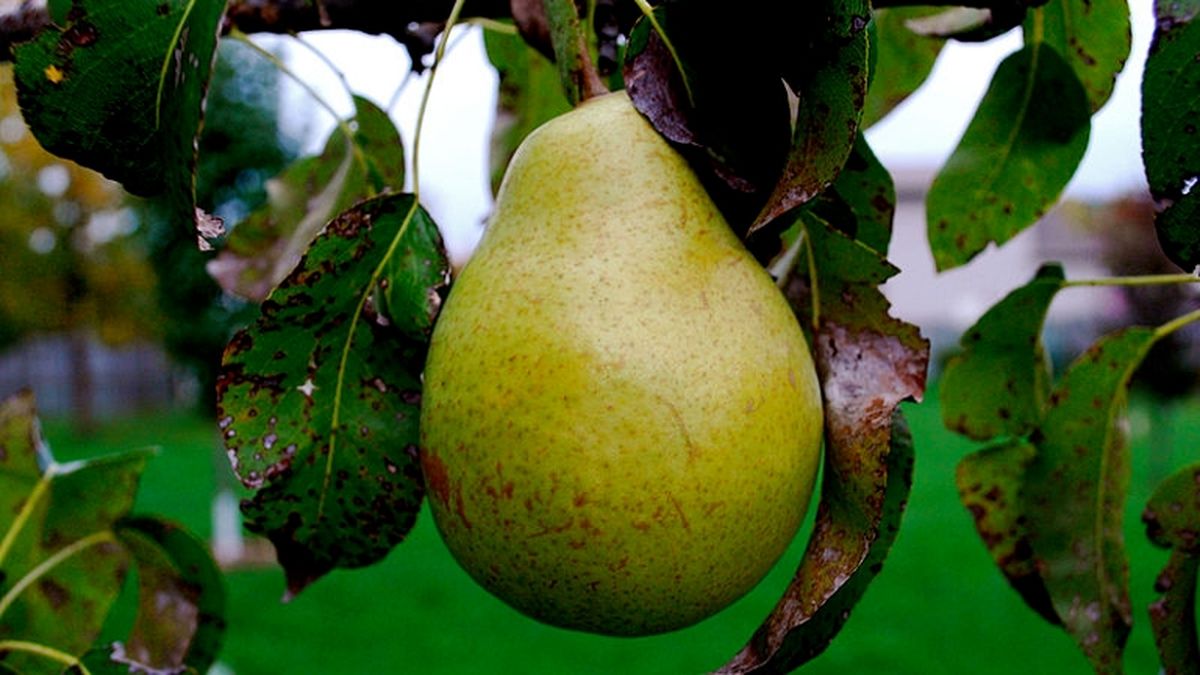 Illustration picture | ©Ronincmc / CC-BY-SA
Illustration picture | ©Ronincmc / CC-BY-SAPeople eat pears since a very long time! These fruits come from China, where they cultivated them since ages.
The Romans in the Antiquity also cultivated them: they knew about 50 varieties!
In France, people cultivated them especially in the Middle Ages.
But varieties weren't flavoured and sugared at all: we had the poire d'angoisse, the caillou rosat, the hativeau and the saint-rieul.
We had 60 species at the end of the 16th century, more than 300 in the 17th century...
Jean de La Quintinie cultivated them in Versailles for king Louis XIV, who was fond of them: the best one was the bergamote suisse or bergamote rayée, as known as "queen of pears".
But we also had the muscate, the frangipane, the cuisse-madame, the caillou-rosat, the à deux-têtes, the beurré, the royale.
This last one was first known as robine, but Louis XIV was fond of it. So La Qunitinie called it royale!
We also had bon-chrétien pear, from Touraine, cultivated in the 16th century.
The tradition says king Louis XI, in his Plessis-les-Tours castle, had beautiful gardens.
He planted fruits trees, especially bon-chrétien pears, a variety from Touraine. Saint Vincent de Paule introduced them to the king! Indeed, Vincent was put in charge of the royal gardens' maintenance.
He was fond of those orchards and liked to create new fruits species.
One day, the saint gave the king one of his pear. Louis ate it... and found it delicious!
He gave the name bon-chrétien ("Good Christian") to this new fruit, because it was saint Vincent's nickname...

